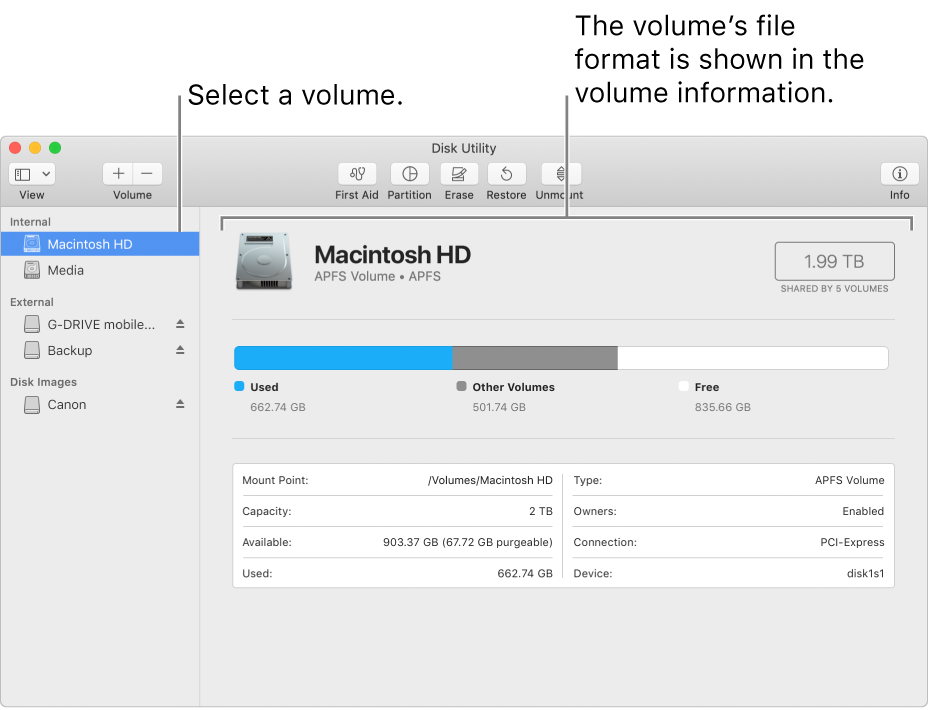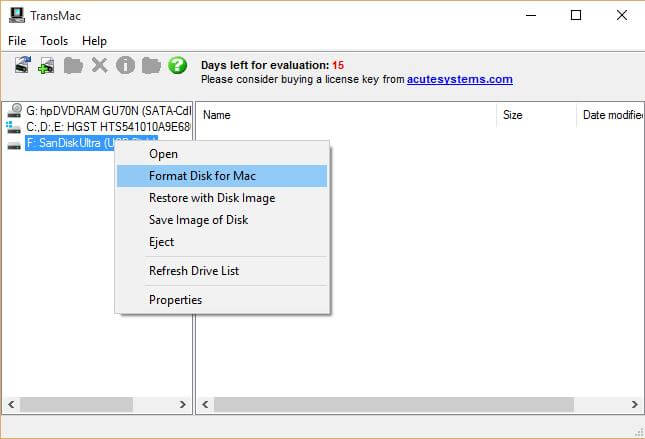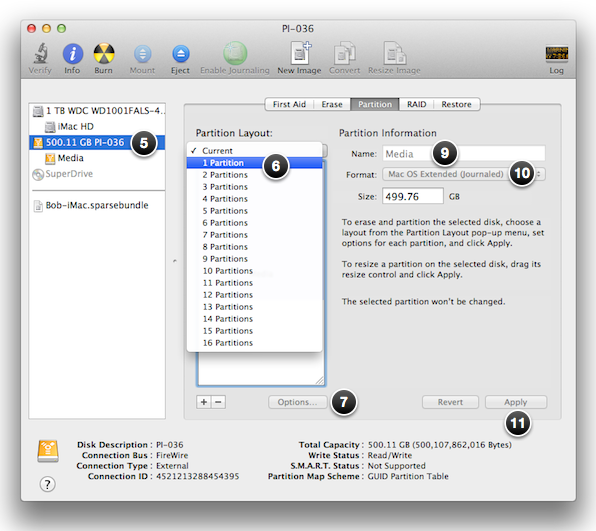
We’ll start with the fix for the most common reason of this issue, so you can get your problem sorted out as soon as possible. Since this error can occur for several different reasons, you’ll likely have to follow a few troubleshooting tips before you can fix your issue. RELATED: Everything You Need to Know About "Reset This PC" in Windows 10 and Windows 11 Ways to Resolve a “There Was a Problem Resetting This PC” Error Other reasons for the error are that your Windows Recovery Environment is faulty, the changes you’ve made to your PC are incorrect, or your system’s core files are unusable. This corruption happens for various reasons, including viruses and malicious apps. The most common reason you get the “problem resetting your PC” error is that your Windows image is corrupt. Restart Windows Recovery Environment (Win RE) It was first released in 2016 and is now widely used on macOS High Sierra and later macOS systems.

Briefly, APFS, known as Apple File System, is the latest file system provided by Apple for Mac users. It adds several extra features, including automatic file defragmentation, support for RAID setups, and a way to create Mac ISO files.Ways to Resolve a "There Was a Problem Resetting This PC" Error APFS and Mac OS Extended (Journaled) are the two best formats for using on Mac disk. Other useful features include the ability to create and partition Mac disks direct from your PC, a powerful disk repair feature, and robust security tools. You will also be able to see your APFS or HFS+ drive directly within File Explorer, allowing easy integration with the rest of the Windows operating system. NTFS this has the least level of compatibility with OS X out of the. Now in the Partition area, click under Partition Layout and select 1 Partition. FAT32 this has the maximum level of compatibility between OS X and Windows machines. Select your external HDD on the left side and then select partition option. Under the finder men, go to Go > utilities > Disk Utility or type disk utility in the spotlight and hit enter. Instead, we’ll just be wiping the drive and starting over from scratch. Under the finder men, go to Go > utilities > Disk Utility or type disk utility in the spotlight and hit enter. If you have a Mac lying around, you can plug the drive into a Mac and back up the files. It acts as a hub for all the Mac drives connected to Windows. If you only have Windows systems available, you can use HFSExplorer to copy files from the drive onto your Windows system drive or another drive. The app is focused on the freshly redesigned Disk Management Window. Unlike some options, MacDrive lets you read and write data to your Mac-formatted drive directly from Windows. The app works with APFS drives and HFS+ drives.

If you're prepared to spend some money, you don't need to look elsewhere.

The first version was released way back in 1996. MacDrive has been one of the go-to apps for a long time.


 0 kommentar(er)
0 kommentar(er)
